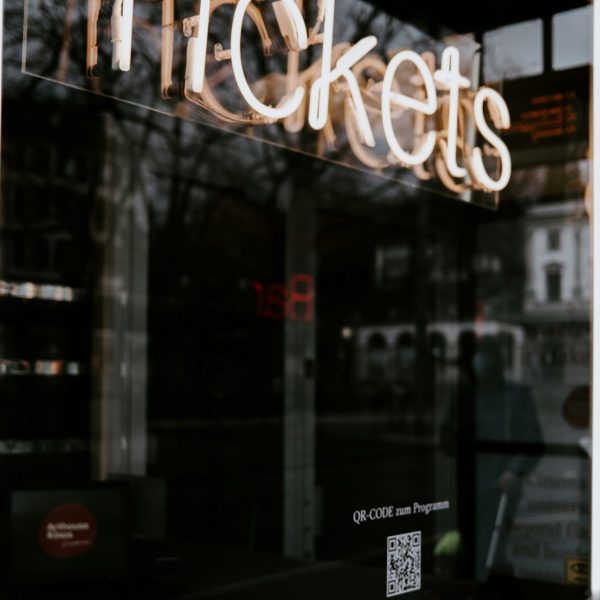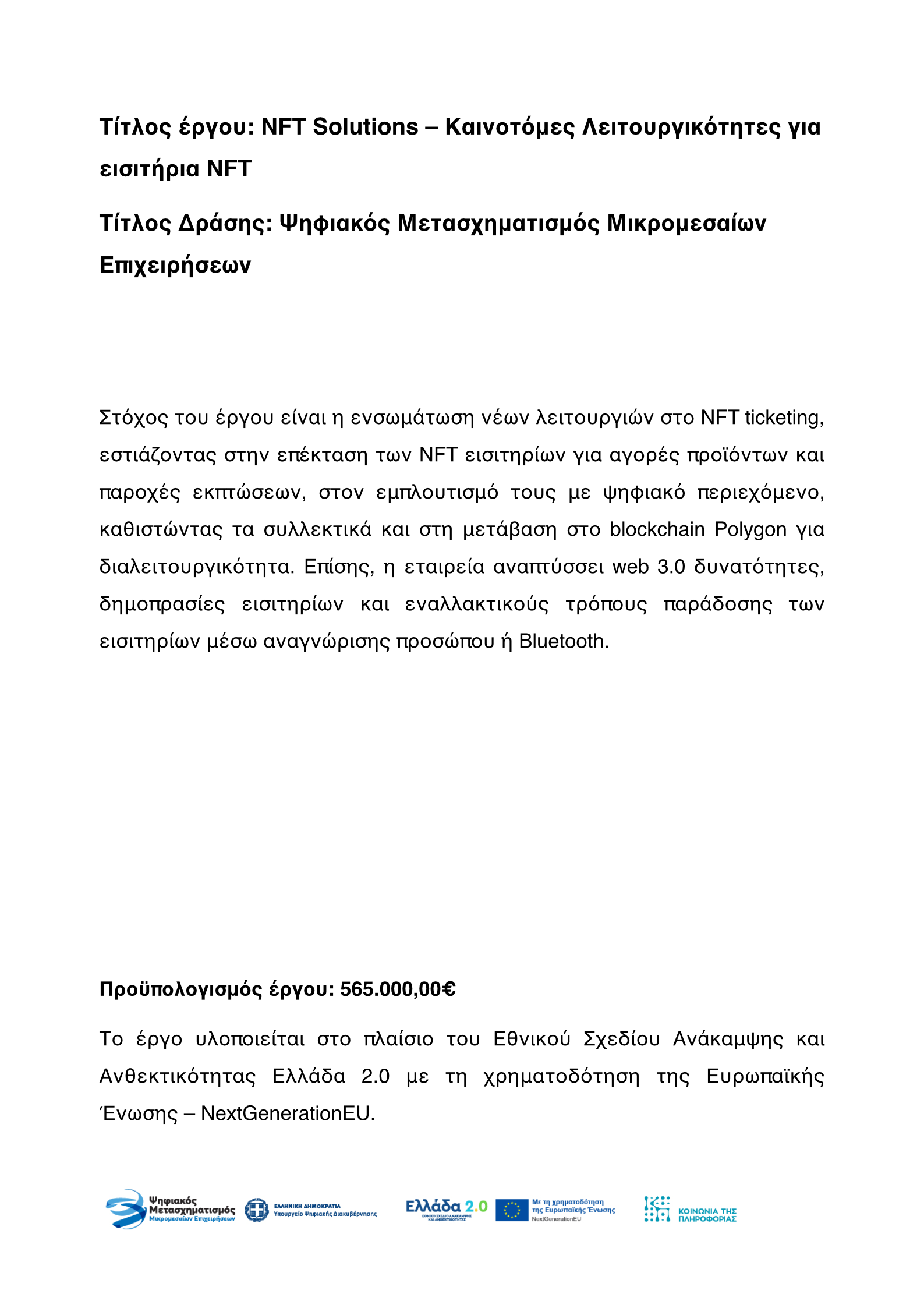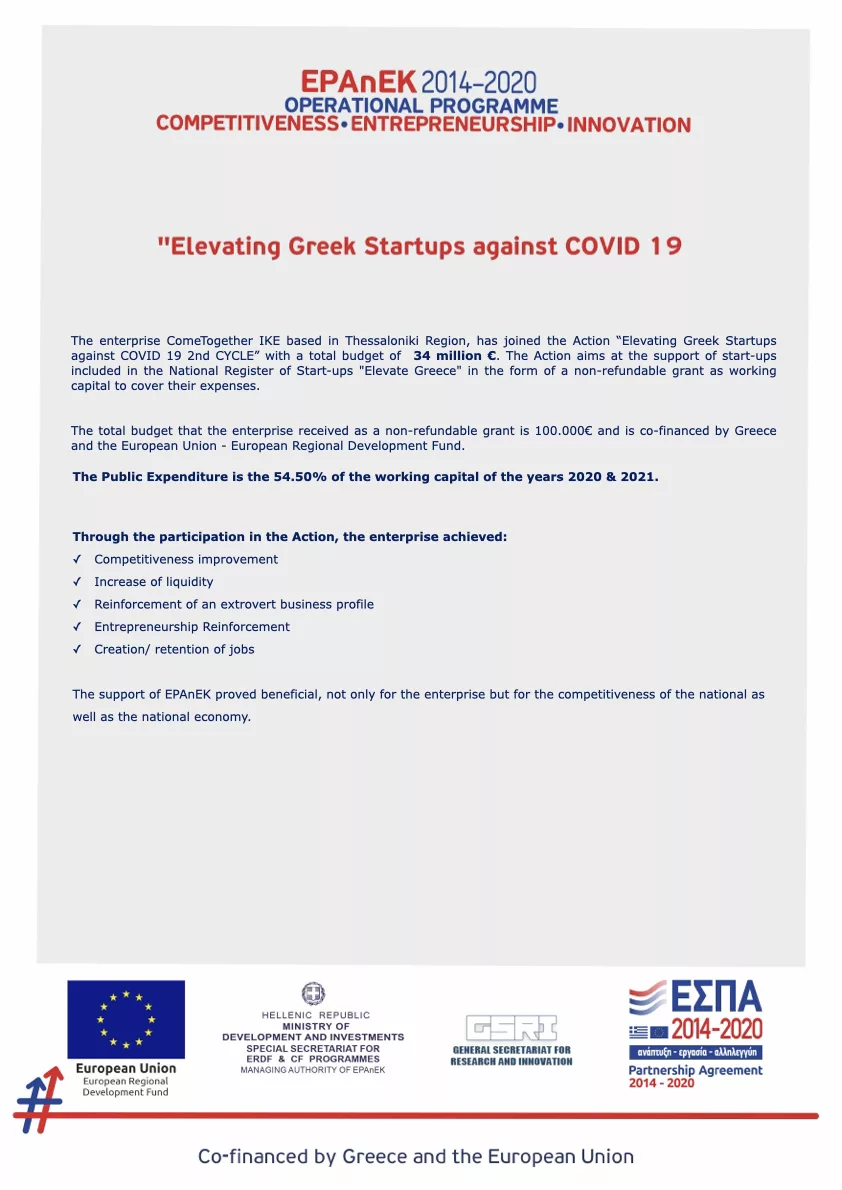Ready to turn that secondary market from revenue drain to revenue gain? Here’s your roadmap to capturing those profits that have been walking out the door!
Picture this: every time someone resells a ticket to your event at a premium, you’re basically watching money walk out the door. But what if I told you that smart event organizers are now turning that secondary market into a revenue goldmine? The global ticket resale market is exploding—we’re talking anywhere from $3 billion to $28 billion depending on how you count it—and growing at a scorching 9-23% annually. The best part? You don’t have to be a passive observer anymore.
Gone are the days when organizers had to helplessly watch scalpers profit from their hard work. Today’s savvy event creators are flipping the script, using technology, smart partnerships, and strategic thinking to capture value from every ticket transaction. Whether you’re running intimate theater productions or massive music festivals, there’s a resale revenue strategy that can boost your bottom line by 20-78% according to recent case studies.




















